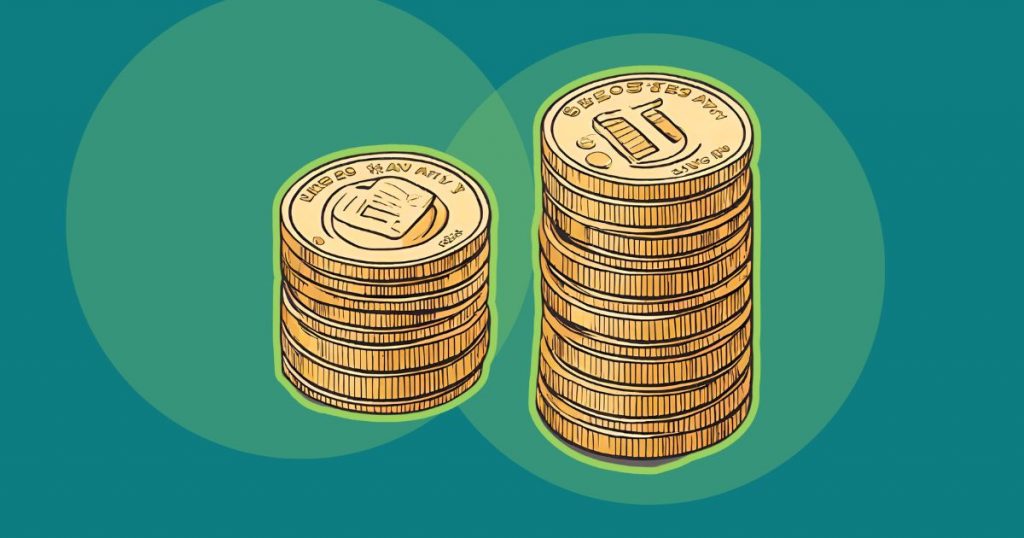A Journalist’s Guide For Brands Navigating Tumultuous Times
In moments of national significance, brand managers can take lessons from a journalist’s checklist.
Margaret Myers is a managing editor at Long Dash and a longtime journalist. She managed online coverage at PBS NewsHour and ESPN and led the features department at the Amarillo Globe-News.
When a big news story breaks, the latent news editor in me is always ready to jump into action. My internal checklist starts running: What’s the story? Who are the sources? How can I help audiences make sense of the situation right now? It’s a muscle memory I developed over a decade of working in newsrooms. As the events at the U.S. Capitol on January 6 evolved, seemingly in an instant, from a rally to a riot, no doubt the editors in my former newsroom immediately invoked their own innate journalism autopilot.
As part of a news organization, it’s your job to separate fact from fiction—not to mention what’s newsworthy from what’s distraction—when reporting on a story. When it comes to breaking news, the journalist’s mission is clear. Get to work. Get the story right. Get it to your audience.
For brands, it’s not as straightforward.
The events of 2020 prompted one of the most profound shifts in how brands express themselves and their values in times of social upheaval. Operating against a backdrop of multiple crises at once—a crushing pandemic and its economic fallout, a national reckoning in response to unchecked racism, and a U.S. election marred by disinformation—it’s understandable that brands, at times, struggled to find the right ways to enter the collective conversation. Case in point: the ubiquitous, and sometimes hollow, “we care” statements following the killing of George Floyd by Minneapolis police officers.
Coming out of such an extraordinary year, brand leaders, however, should feel confident in their ability to process the lessons we learned in 2020. Already this year, we’ve witnessed brands exercising some of the most important lessons, such as knowing when to be quiet.
As brands prepare for another tumultuous year, let’s borrow the checklist concept from my former colleagues in the news media. Here are four questions that can help guide brands in their decision-making process during times of strife.
1) Is this a brand moment?
Consumers expect brands to be connected to the society and culture in which it operates—they don’t exist in a vacuum. Brands should honor extraordinary moments, such as when the female-forward dating app Bumble congratulated Sen. Kamala Harris on becoming the first woman Vice President of the U.S.
Sometimes they can honor the moment by staying silent. The morning after an angry mob overtook the U.S. Capitol, Jayde I. Powell, head of social at Sunwink, urged brands to make space by pressing pause on social media. She herself halted any regularly scheduled posts that would read as tone deaf. Instead, she advised that brands listen to their consumers and “pass the mic” to an advocate or relevant community leader. Her takeaway is clear: “If you’re unsure how to show up, just be quiet.”
Powell was not alone. Many major brands responded to the events by suspending paid advertising, including television ads. Davis Jones, managing director from The Many’s media group, recommended clients pause for at least 24 hours to see how political events unfold, understanding that consumers’ mindset when viewing their ads matter. He believes this exercise is one that will continue in coming months and that getting into the practice of pausing to assess the situation will ultimately be beneficial to brands’ reputations.
2) If so, how do we stay true to our voice?
As we’ve found in our research, Brand Prism: The Five Fundamental Truths of Values-Driven Brands, employees are the most trusted public source of information on a brand’s values, and consumers are more strongly attuned to the individual’s message, versus that of the brand itself.
Direct statements from brand leaders hold more weight than a traditional PR statement. Among Millennial consumers in particular, employees are a powerful vehicle for connecting with a brand’s values, according to our research.
In the wake of the violent siege at the Capitol, Jamie Merisotis, CEO of Lumina Foundation, a Long Dash client, shared a personal reflection that evoked emotion along with his personal history to argue for the foundation’s values and mission. “While today was not a day for ordinary discussion with my Lumina colleagues, the exchanges I’ve had with them … leave me confident we will rise to this challenge, this threat, in a way that is consistent with our mission but also reflects our ambitions for the work ahead,” he wrote.
Sign up for OnBrand
Our weekly digest featuring ideas on the future of brand.
3) How does this connect with your innate strengths?
Just as Merisotis’s essay connected his personal convictions with the mission of his organization, brands demonstrate their values through their many touchpoints with consumers. As we’ve seen in our Brand Prism study, a brand’s values should be integrated into the products and services they offer and represented by the individuals behind those offerings.
Deb Perelman, the woman behind the popular cooking brand Smitten Kitchen, used her unique channel to show up for her fans in a way that was authentic to her expertise without feeling performative. Coupled with an Instagram post for a delicious roast chicken, Perelman took a moment to acknowledge our shared humanity: “I am here, in the same place as the rest of us, angry and worried. And also, I still need to make dinner. Hope you get to refuel with something delicious tonight; we all need it.”
4) How can we be useful?
In times of extreme division and social and economic uncertainty, brands should exercise their role as a trusted institution. Instead of an empty declaration of “unity,” or a watered-down “take” on an important issue, brands can use their platform to inform or inspire action.
A recent study from The Dialogue Project, an initiative from the University of Southern California that explores the role that businesses can play in improving civil discourse, shows that people are willing to embrace efforts by companies to help them find common ground.
A standard bearer for brands taking a stand, Ben and Jerry’s has used its platforms to offer resources. They include this conversation guide about race in America and a podcast that dissects the issue in partnership with Vox Media. The brand behind “Chunky Monkey” for decades has had an interwoven business and social mission, so these well-researched and reported series’ on race is a natural expression of their brand values.
Charles Etoroma, a social media strategist and writer, reminded us of this important lesson in the days leading up to America’s celebration of the legacy of Martin Luther King Jr. He tweeted:
“MLK day is not a way for a brand to insert itself or promote brand pillars/values, bc it’s 2021, everyone’s values should incorporate equality.
It should be to recognize the historic moment and do something or promote an avenue where ppl can take action or learn.”
This checklist is a starting point and brand leaders will have to assess each moment in a quickly evolving world. Yet as they become more practiced in this exercise, the outcome will be a brand that reflects the values and defining spirit of the moment we live in.



